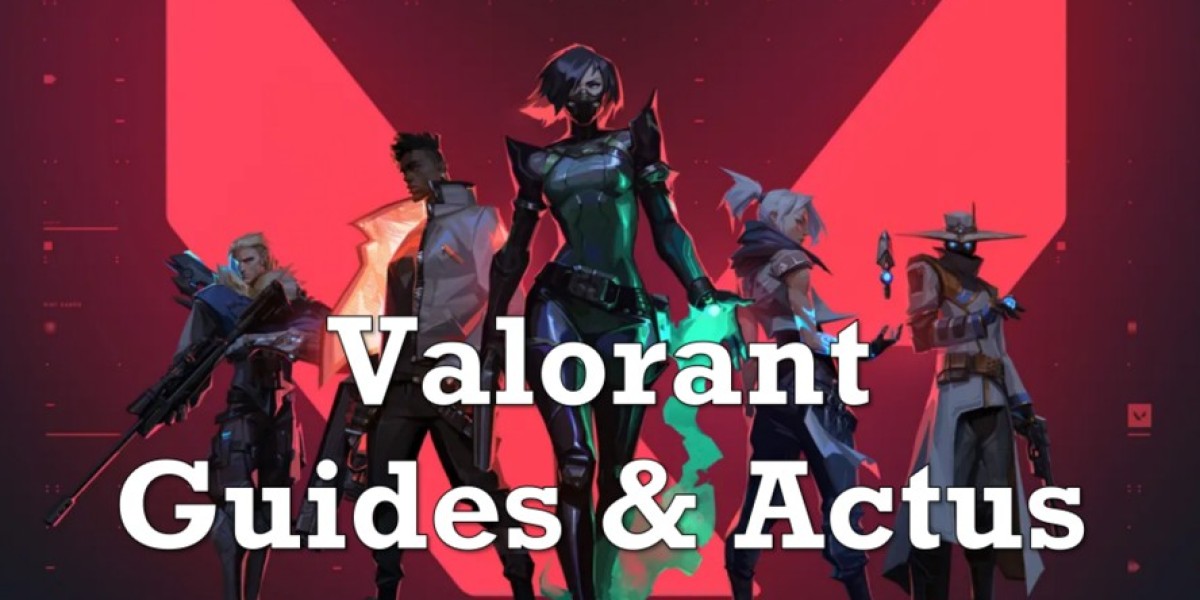Abstract
With the rapid rise of artificial intelligence (AI) in natural language processing (NLP), ChatGPT has emerged as one of the leading models for conversational agents. However, several alternatives have also gained traction, each bringing unique features, advantages, and limitations. This observational research article aims to explore various ChatGPT alternatives, comparing their capabilities, usability, and applicability across different domains. We will analyze five notable alternatives: Google's Bard, Microsoft’s Bing Chat, Claude AI by Anthropic, Jasper AI, and OpenAI’s earlier models, focusing on their architectures, performance, and real-world usability.

Introduction
As AI technology continues to evolve, the application of conversational agents in various fields such as customer service, content generation, and education has increased significantly. ChatGPT, developed by OpenAI, has set a high standard for conversational AI. However, this article will discuss alternatives that have entered the market, reflecting the diverse approaches to NLP and the continuous demand for more effective and specialized solutions.
The goal of this research is to provide a comprehensive understanding of the alternatives to ChatGPT, addressing their features, user experiences, and performance metrics. This information is essential for users and organizations seeking to implement conversational agents in their operations.
Methodology
This observational research utilized a qualitative approach, analyzing publicly available information from official documentation, user reviews, and third-party evaluations of various ChatGPT alternatives. A comparative framework was developed focusing on several key factors: architecture, language capabilities, ease of use, application range, and overall performance based on user experience and expert reviews.
Overview of Key ChatGPT Alternatives
1. Google's Bard
Launched as a competitor to ChatGPT, Google's Bard leverages Google’s advanced language model, generating responses with high contextual understanding. Bard integrates seamlessly with other Google applications, which enhances its usability in personal and professional settings.
Architecture
Bard is powered by Google's LaMDA (Language Model for Dialogue Applications), designed to hold natural conversations on virtually any topic. LaMDA allows for dynamic context handling, making conversations feel more organic.
Performance
Users report that Bard excels in delivering factual information and contextually rich responses, surpassing ChatGPT in certain knowledge-intensive scenarios. However, some users noted occasional inaccuracies, particularly in creative tasks.
Usability
Bard’s integration with Google services provides a competitive advantage. Users appreciate the smooth transition between applications, though others have pointed out that the interface is sometimes less intuitive than that of ChatGPT.
2. Microsoft’s Bing Chat
Bing Chat, powered by OpenAI’s models, offers a unique blend of search capabilities and conversational AI. It's developed to assist users with real-time information retrieval and interactive responses.
Architecture
Bing Chat utilizes OpenAI's models, specifically tailored for integration with Microsoft search features. Its hybrid approach allows it to fetch live data, making it a dynamic competitor to ChatGPT.
Performance
Reviewers have noted that Bing Chat performs exceptionally well in retrieving up-to-date information, proving its strength in search-related queries. However, its conversational fluidity can sometimes lag behind pure conversational models like ChatGPT and Bard.
Usability
Users generally find Bing Chat's integration with Bing Search advantageous for queries requiring real-time information. However, feedback suggests that maintaining a continual conversation can be challenging at times.
3. Claude AI by Anthropic
Claude AI is the flagship product from Anthropic, a company founded by former OpenAI researchers. It focuses on creating AI systems that align with human intentions.
Architecture
Claude is structured upon a model that emphasizes safety and robustness in responses. Its design architecture prioritizes explainability and user intention, aiming to reduce harmful outputs.
Performance
In user reviews, Claude has been praised for its reliability and safety—oriented responses. However, it may lack the creative flair seen in other alternatives. Users appreciate its ability to handle sensitive dialogues gracefully.
Usability
Claude has been designed with user control in mind, allowing users to better manage the AI's tone and style, which many find beneficial for specialized tasks.
4. Jasper AI
Jasper AI is primarily marketed as a content generation tool useful for marketers, writers, and content creators looking to enhance productivity.
Architecture
Jasper leverages advanced NLP capabilities tailored specifically for content creation. It supports templates for various writing styles, optimizing it for professional settings.
Performance
Users report that Jasper is excellent for generating marketing copy and blog content. However, it often lacks the conversational depth that other models provide, making it less suitable for dialogue-heavy tasks.
Usability
Jasper’s user interface is designed for marketers, providing a plethora of templates and tools that streamline content generation. However, users looking for general conversational capabilities might find Jasper limited.
5. OpenAI’s Earlier Models
Before ChatGPT, OpenAI released earlier models such as GPT-2 and even their first iterations of GPT-3. These models laid the groundwork for subsequent advancements and have their niche applications.
Architecture
The earlier models utilize transformer architectures similar to ChatGPT but lack some of the advancements in contextual awareness and conversational depth.
Performance
While they perform well for basic language tasks, user feedback often highlights their limitations in sustaining long conversations and generating context-aware responses.
Usability
These models are more commonly found in embedded applications across various platforms, appreciated for their simplicity but less favored over newer models for consumer-facing applications.
Comparative Analysis
Architecture and Performance
A comparative analysis shows that while all alternatives utilize transformer architectures, the focus on user satisfaction, conversational depth, and real-time data fetching varies significantly. Bard shines in establishing rapport through context-aware dialogue, while Jasper excels in structured content creation. Claude AI stands out for its safety protocols and user alignment focus, appealing to those needing a responsible AI.
Usability
Usability plays a significant role in the acceptance of these models. Google’s Bard and Microsoft’s Bing Chat benefit heavily from their integration with established services, offering a familiar environment for users. Conversely, Jasper’s tailored tools give marketers a distinct edge, while Claude AI’s emphasis on user control enhances its appeal in sensitive contexts.
Application Range
While ChatGPT caters to a broad spectrum of conversational needs, alternatives demonstrate specialization. Jasper is ideal for marketing, while Claude and Bard target more conversational tasks with diverse contexts. Each alternative has strategically aimed at different segments of the market.
Conclusion
As the field of conversational AI text generation frameworks [oldrichdhsd339-tech.hpage.com] advances, numerous contenders to ChatGPT are making their mark. The exploration of these alternatives reveals a remarkable diversity in application and performance, tailored to varied user needs. Understanding these options is crucial for individuals and businesses looking to leverage NLP effectively.
While ChatGPT remains a powerful tool, alternatives like Bard, Bing Chat, Claude AI, and Jasper provide specific functionalities that can enhance efficiency, creativity, and effectiveness in various contexts. The choice ultimately depends on user requirements—whether they prioritize real-time updating, safety, creative content, or user-friendliness.
Future Directions
As conversational AI continues to evolve, future research should focus on longitudinal studies to assess performance consistency over time, as well as user experience in real-world applications. Moreover, the ethical considerations surrounding AI safety and misuse remain critical areas that need further exploration, particularly as technology becomes more integrated into daily life.
In conclusion, the landscape of conversational AI is vibrant and varied, presenting multiple pathways for innovation, efficiency, and user empowerment. Organizations should carefully consider these alternatives to align their needs with the capabilities of the respective models. As we move forward in this era of AI communication, the possibilities remain vast and exciting.








